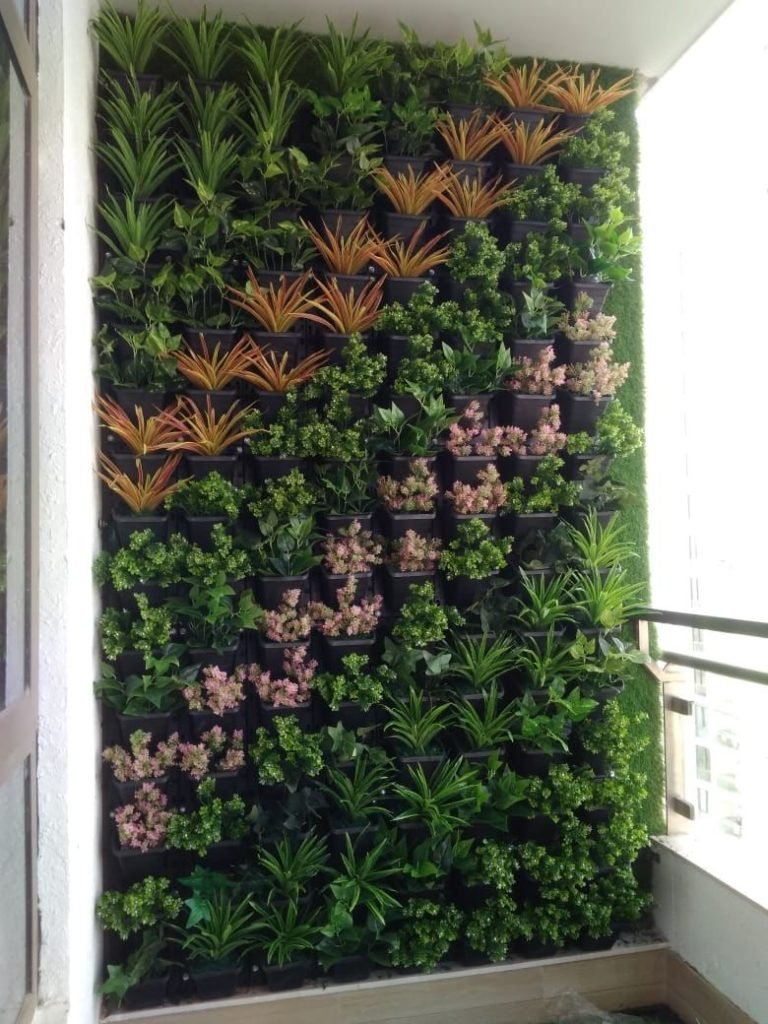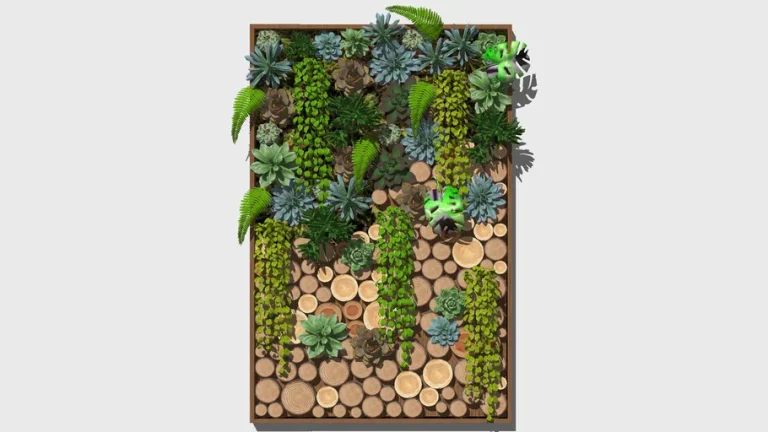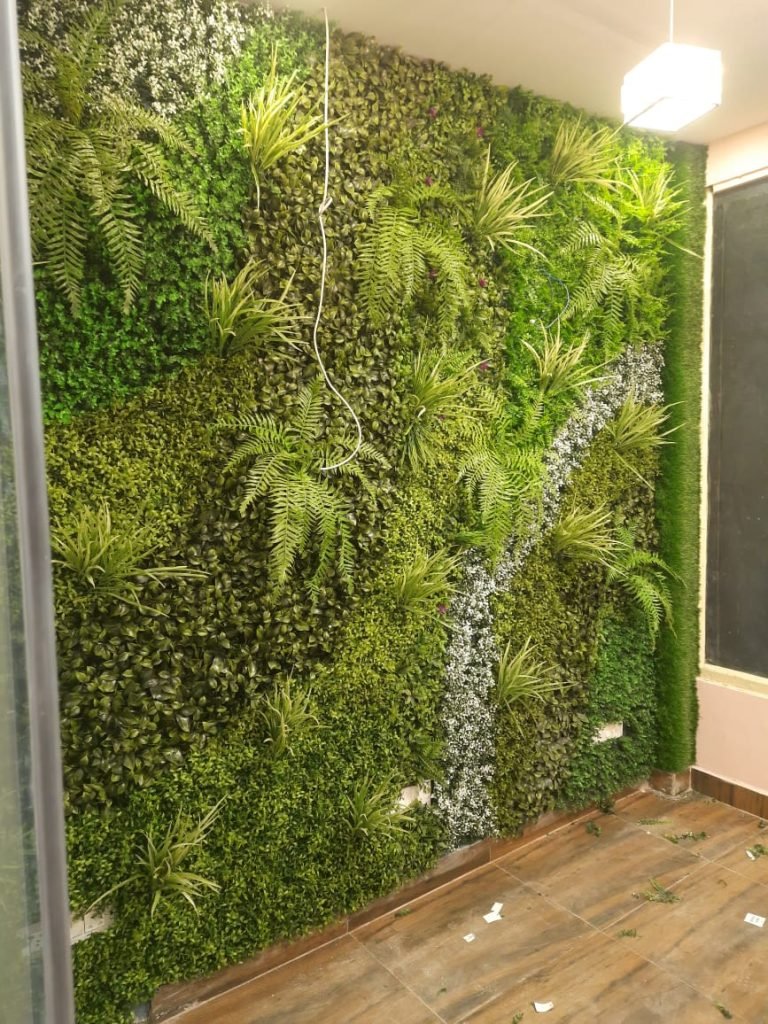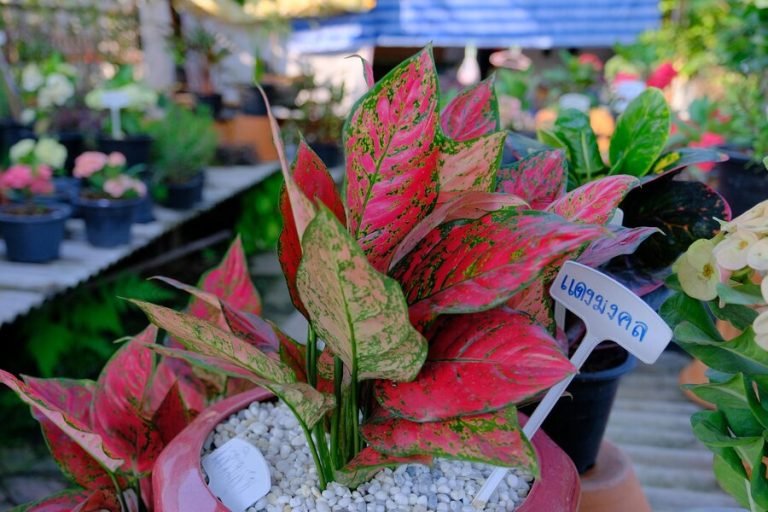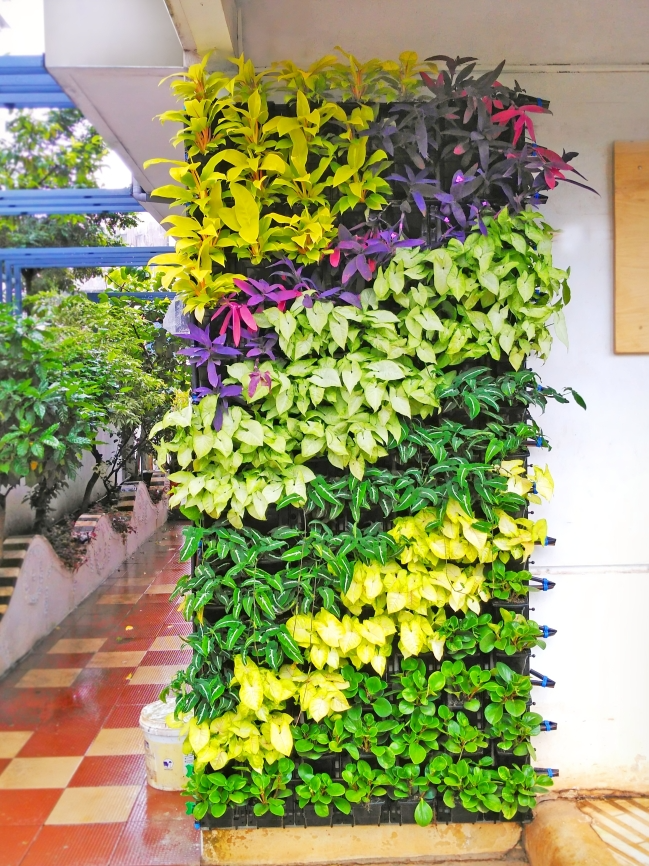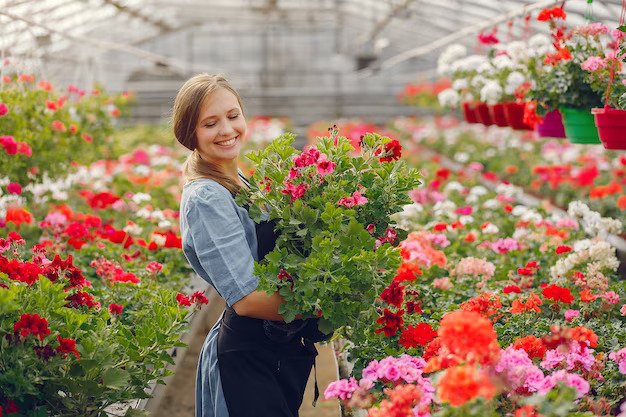Bringing the Outdoors In: The Flourishing World of Interior Landscaping.
In the world of design, the integration of nature into indoor spaces has become an art form known as interior landscaping. This innovative approach not only transforms interiors into aesthetically pleasing environments but also contributes to improved well-being, productivity, and overall quality of life. Let’s explore the lush and vibrant realm of interior landscaping, its benefits, popular trends, and how it has evolved into an essential element of modern architecture and design.
The Rise of Interior Landscaping
As urbanization and the demand for sustainable living continue to shape our cities, the need for green spaces within built environments has grown exponentially. Interior landscaping, often synonymous with indoor gardens or green design, addresses this need by bringing nature into commercial, residential, and public spaces.
Benefits of Interior Landscaping
- Enhanced Aesthetics: Indoor plants and greenery add a touch of natural beauty to any space, creating a visually appealing and inviting atmosphere.
- Improved Air Quality: Plants act as natural air purifiers, removing toxins and pollutants from the air and contributing to a healthier indoor environment.
- Stress Reduction: The presence of greenery has been linked to stress reduction, improved mood, and increased overall well-being.
- Increased Productivity: Studies suggest that incorporating nature into workspaces can enhance productivity, creativity, and focus among individuals.
- Temperature and Humidity Regulation: Plants have a natural ability to regulate humidity levels and contribute to temperature control, creating a more comfortable indoor climate.
Popular Trends in Interior Landscaping
- Biophilic Design: This design approach emphasizes the connection between humans and nature, incorporating natural elements like plants, wood, and water into interior spaces.
- Living Walls: Vertical gardens or living walls are becoming increasingly popular, serving as both functional art pieces and contributors to improved air quality.
- Indoor Trees: Large indoor trees, such as Ficus or Areca palms, are being used to create focal points and add a sense of grandeur to interiors.
- Sustainable Design: Interior landscaping aligns with the broader trend of sustainable design, emphasizing the use of eco-friendly materials and low-maintenance, energy-efficient plant selections.
- Green Roofs: Some architectural designs integrate green roofs, creating a seamless transition between indoor and outdoor spaces while providing additional environmental benefits.
Implementation of Interior Landscaping
- Strategic Plant Placement: Carefully selecting and placing plants to enhance the overall design and functionality of a space.
- Lighting Considerations: Choosing plants that thrive in indoor environments with limited natural light or incorporating artificial lighting to support plant growth.
- Maintenance Plans: Establish regular maintenance schedules to ensure the health and longevity of the interior landscaping elements.
- Collaboration with Designers: Working closely with architects and interior designers to seamlessly integrate landscaping into the overall design scheme.
The Future of Interior Landscaping
As the demand for sustainable and biophilic design continues to grow, the future of interior landscaping looks promising. Advancements in technology, such as smart irrigation systems and sustainable materials, will likely play a role in shaping the evolution of this burgeoning field.
Conclusion
Interior landscaping represents a harmonious fusion of nature and architecture, enriching indoor spaces and contributing to the well-being of those who inhabit them. Whether in the workplace, at home, or in public spaces, the flourishing trend of interior landscaping not only enhances aesthetics but also fosters a deeper connection with the natural world in our increasingly urbanized environments. As this trend continues to blossom, the boundaries between indoor and outdoor spaces are becoming beautifully blurred, creating environments that nurture both the human spirit and the planet we call home.

